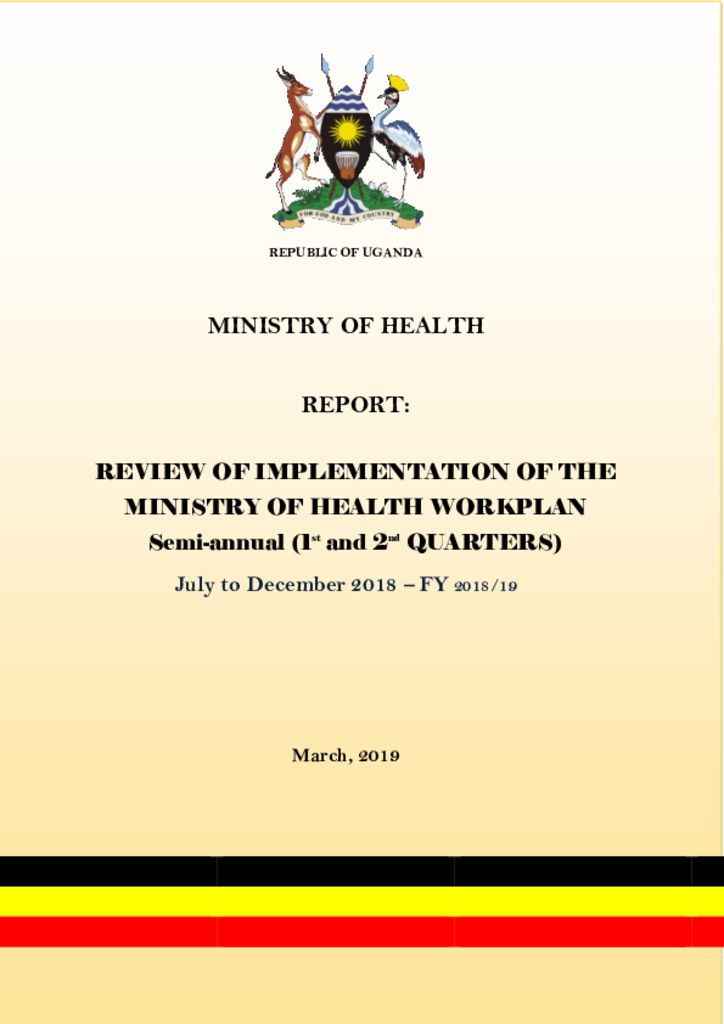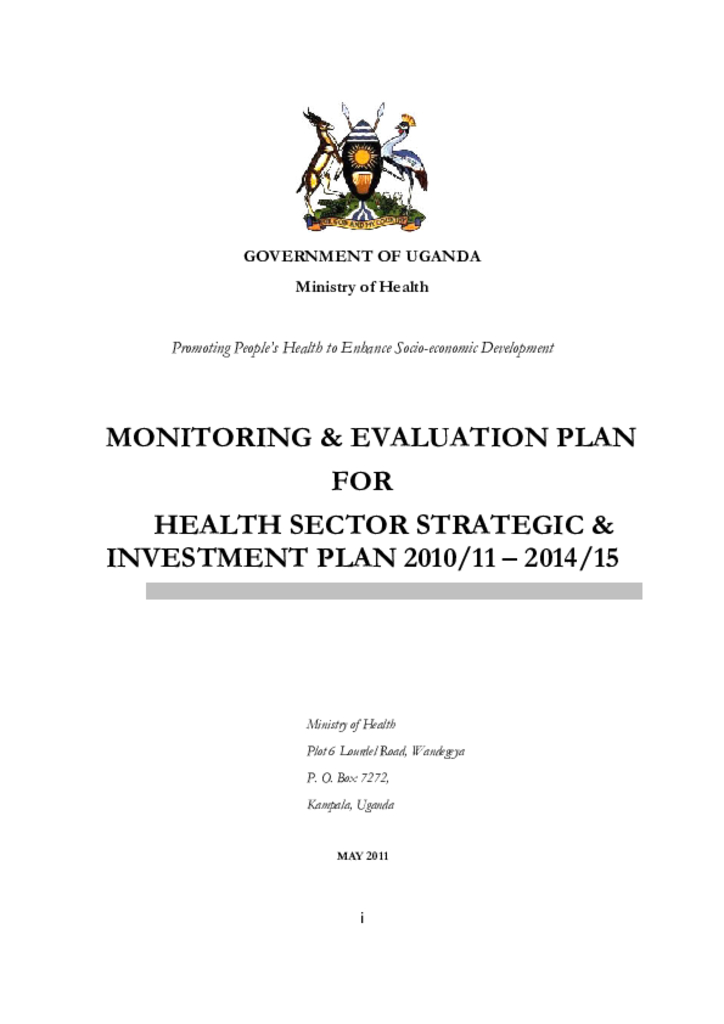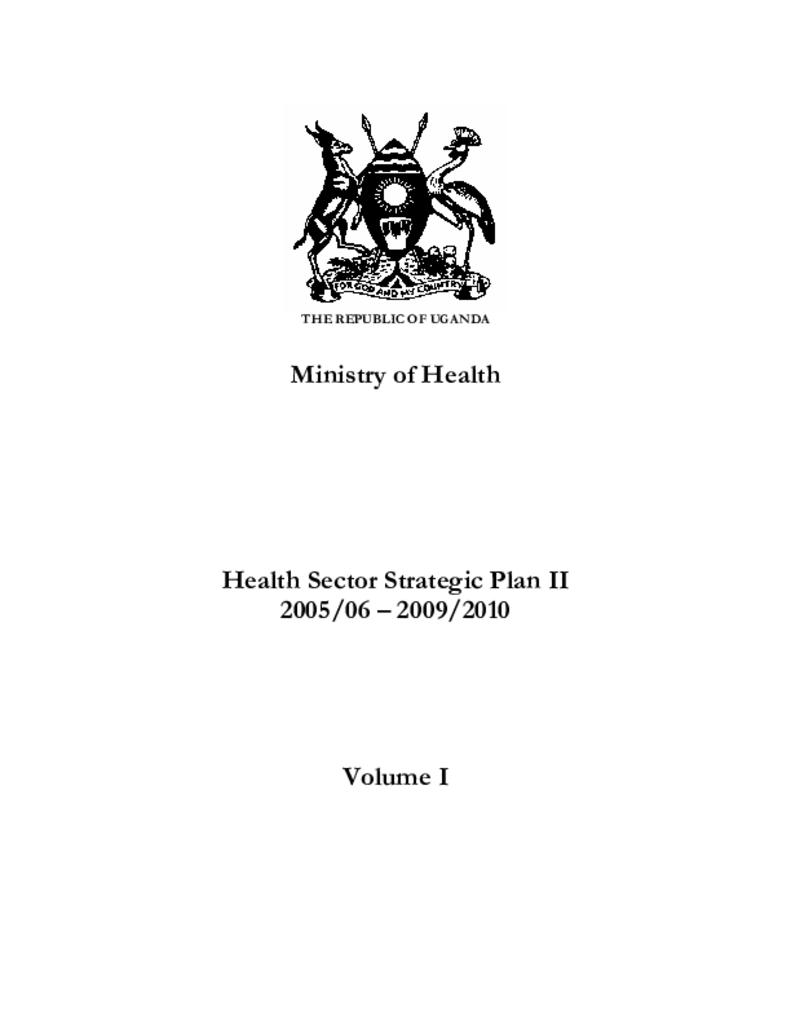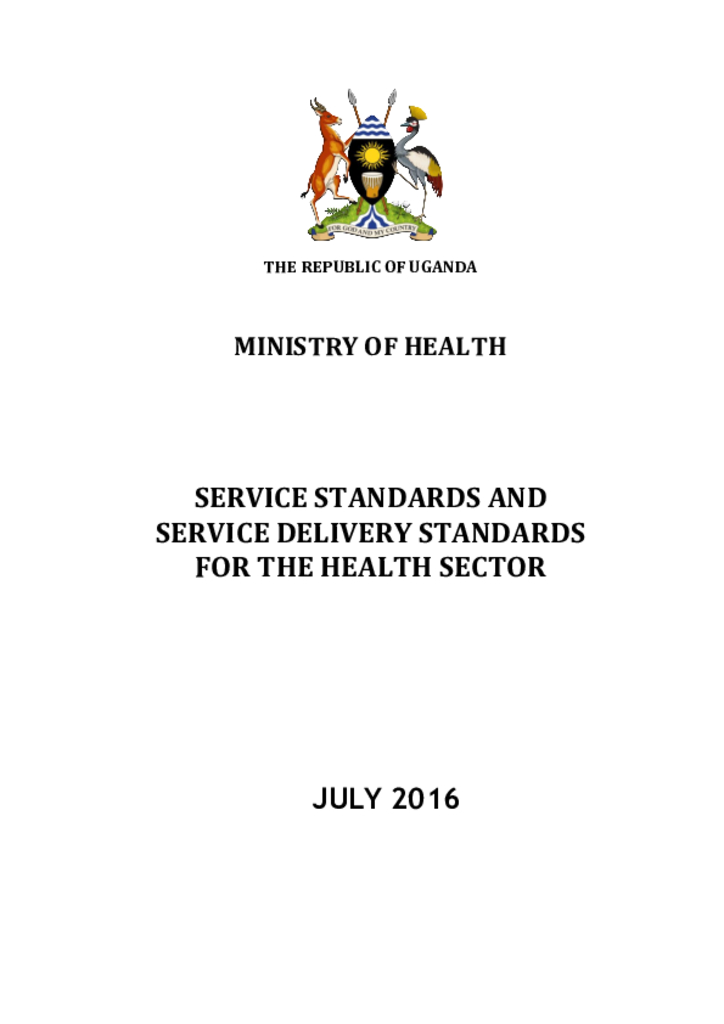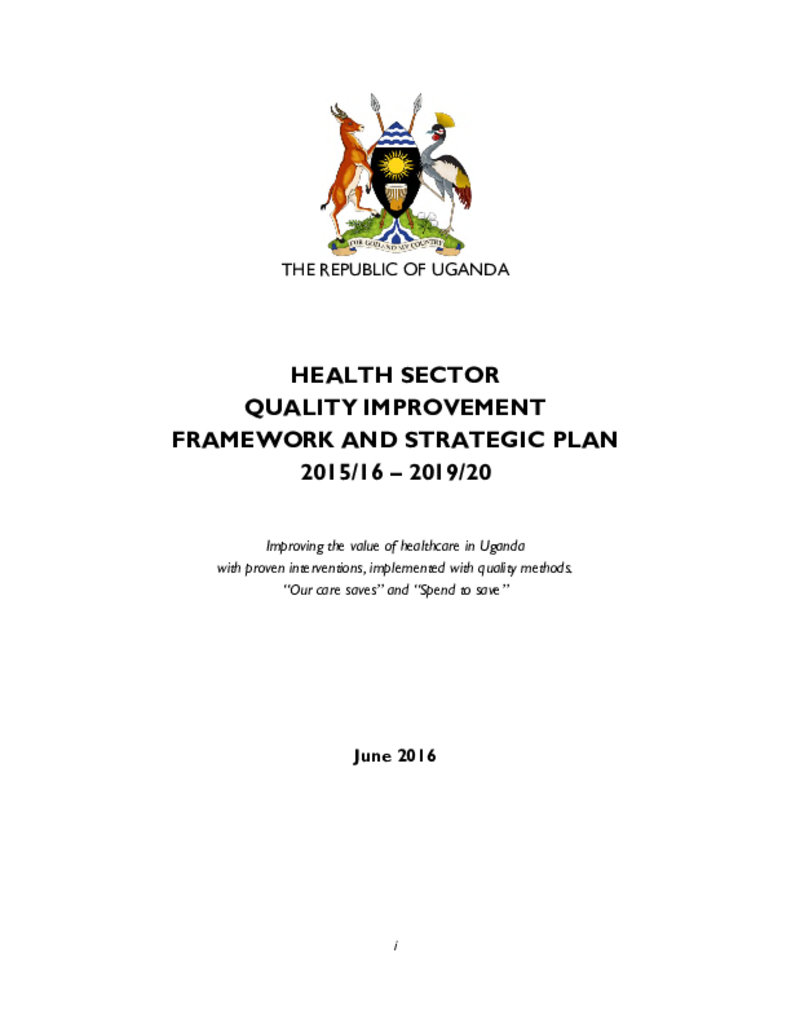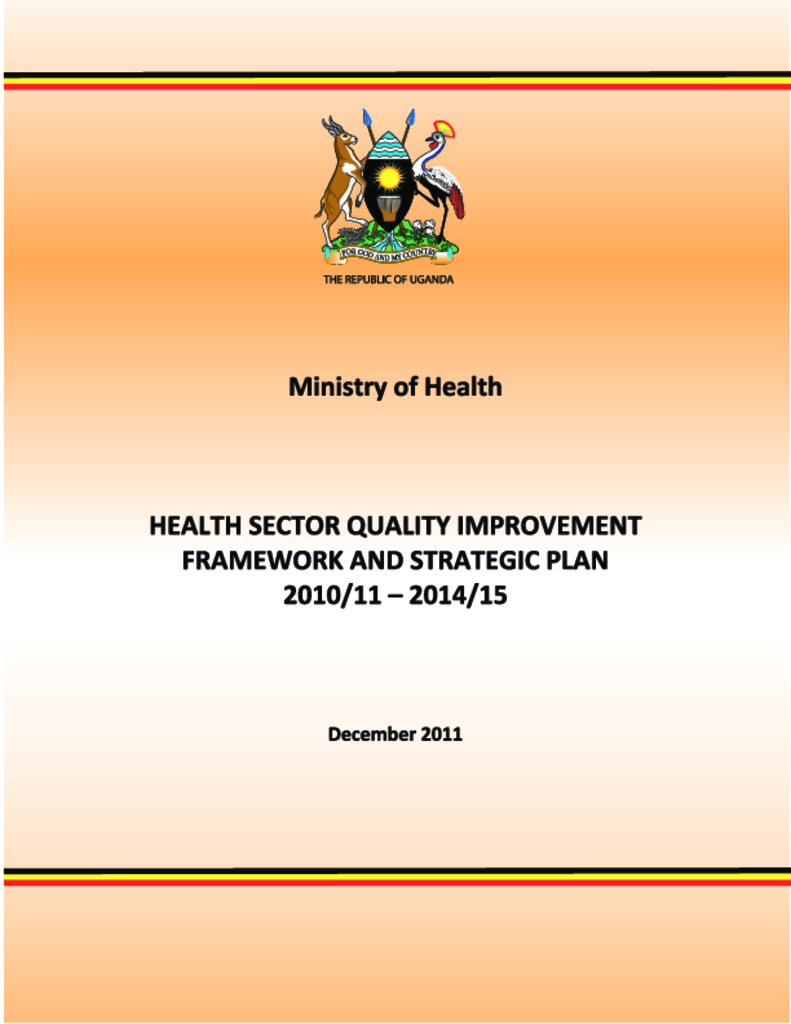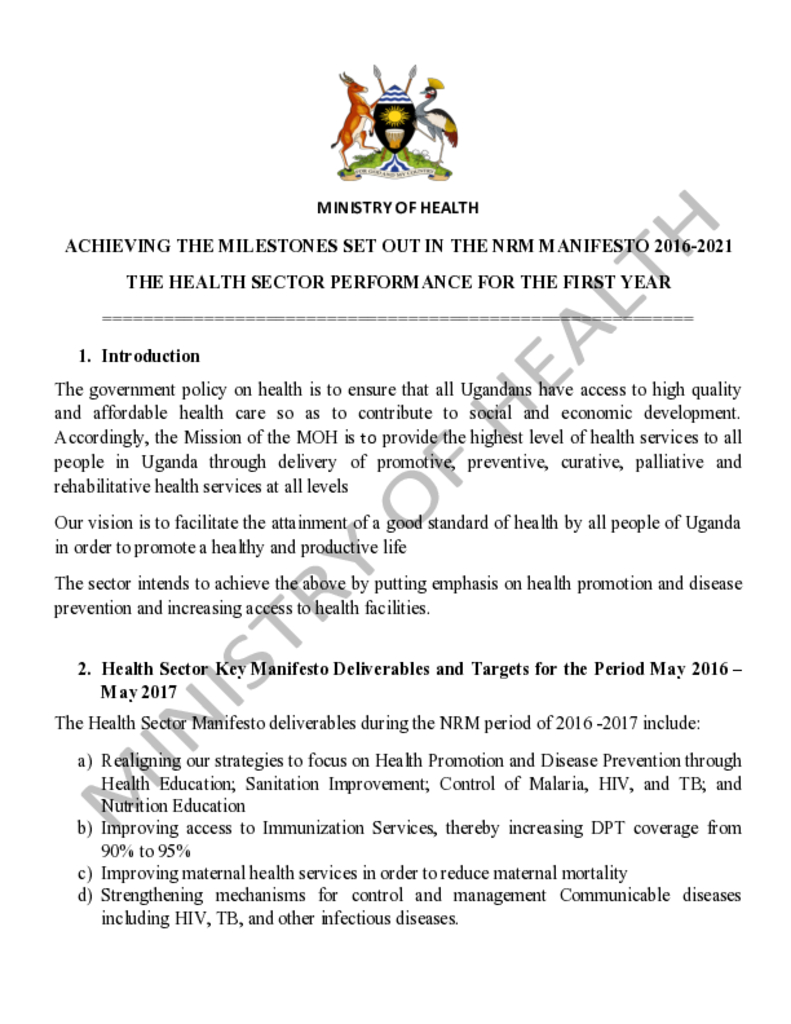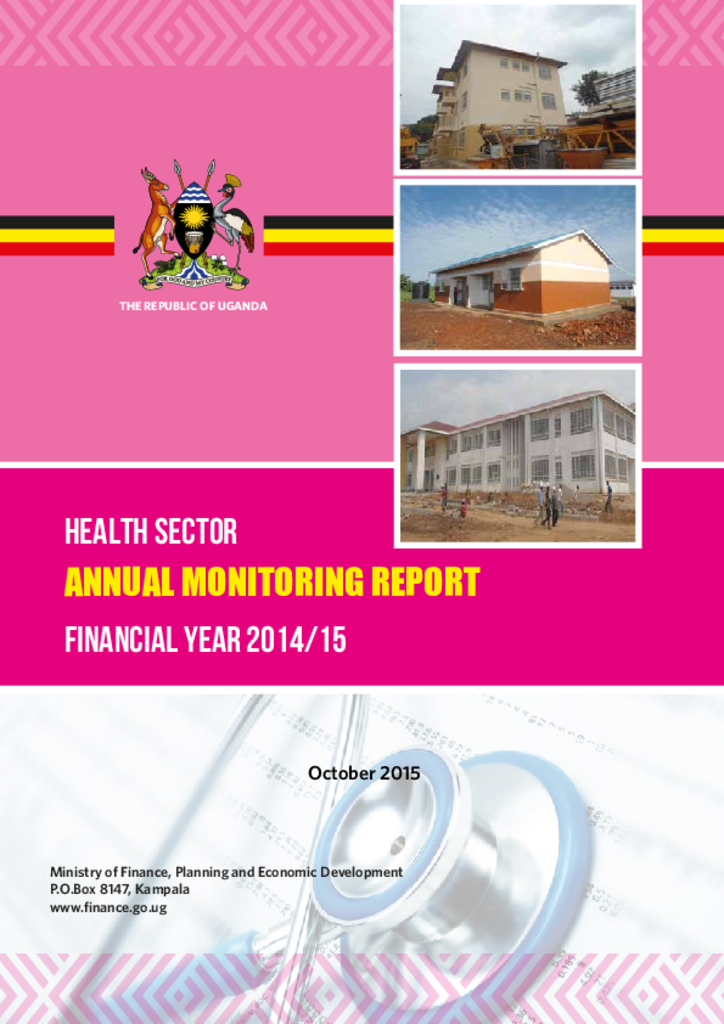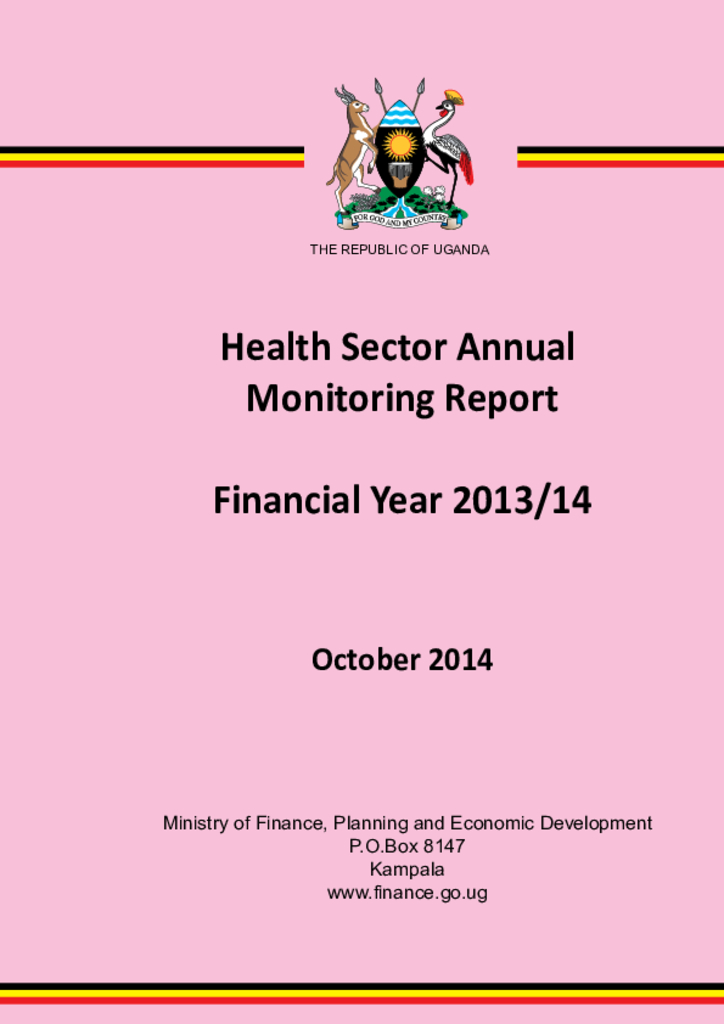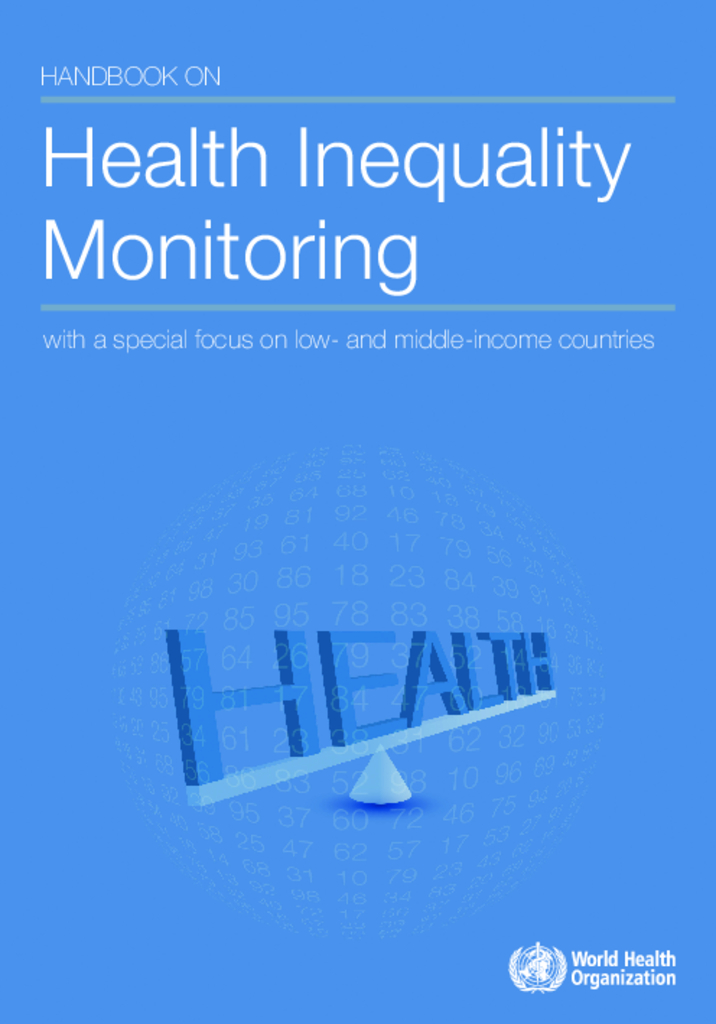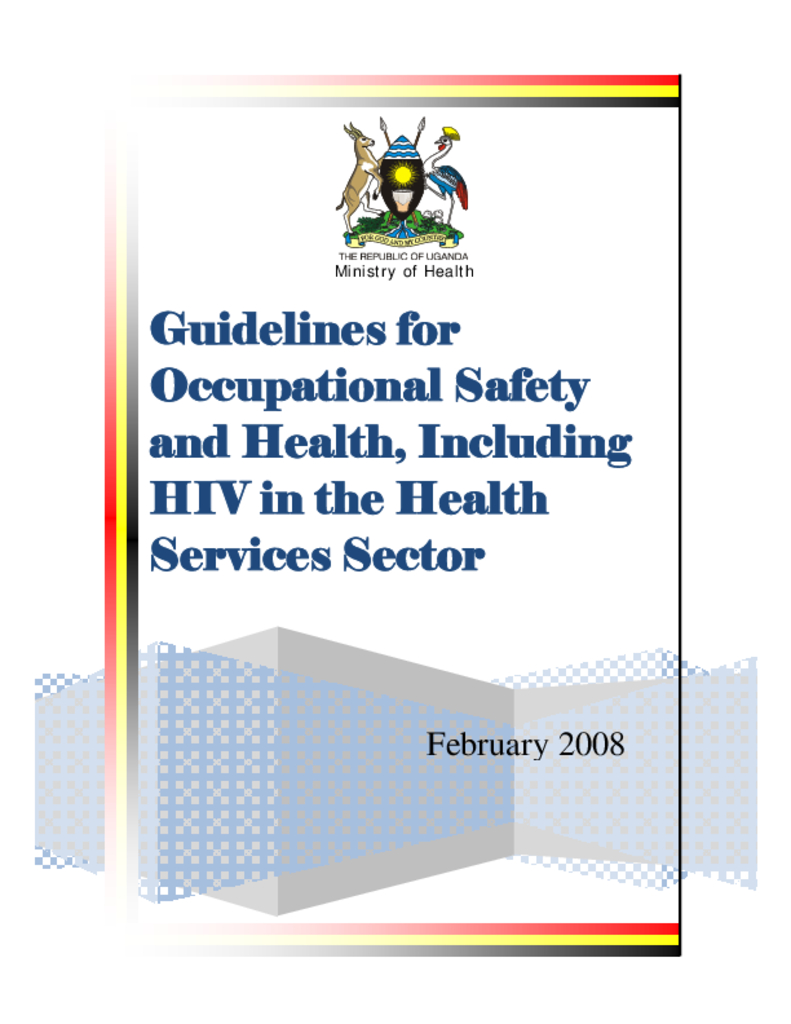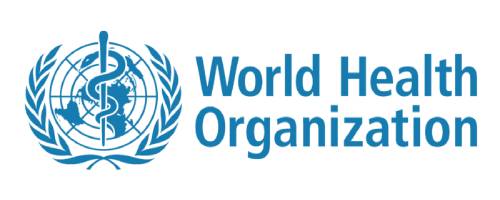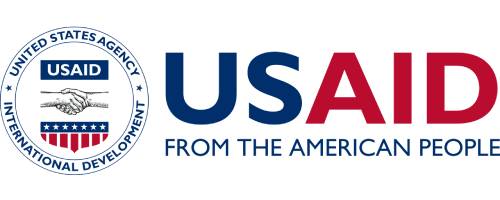The workshop to review the implementation of the Ministry of Health (MoH) work plan for the first and second quarters for 2018/19 financial year will take take place from 2nd to 3rd April 2019 at Imperial Royale Hotel, Kampala. The main objective of the workshop is to conduct a performance review of the Ministry of Health (MoH) Departments, Programmes, Councils and national level Institutions against planned outputs and budget for the first and second quarter of the financial year. The review meeting shall also receive progress on the cross cutting actions from the previous performance review meeting (the 4th quarter for 2017/18 financial year).
The Ministry of Health launched the Health Sector Strategic and Investment Plan 2010/11 – 2014/15 which defines the medium term health agenda and operationalize Uganda’s aspirations as outlined in the NDP and the Public Investment Plan (PIP) 2010/11 – 2012/13. The development of M&E Plan for HSSIP 2010/11 – 2014/15 has been largely informed by lessons from the Mid Term Review of the second Health Sector Strategic Plan (2005/06 – 2009/10) and was in conjunction with the development of the HSSIP 2010/11 – 2014/15, which took into consideration a wide range of policies, the new emerging diseases, the changing climatic conditions, issues of international health and international treaties and conventions to which Uganda is a signatory.
Uganda has been consistent in its pursuit of poverty eradication as the overriding priority for national socioeconomic development. The overall goal of the government is to reduce absolute poverty to less than 10% of the population by 2017. The country has experienced strong economic growth averaging 6.5% per annum since 1991/92, with inflation at an annual average of 4.8%. However, the percentage of the population living below the poverty line is still high at 38% in 2003
In accordance with the Constitution of Uganda, all citizens are entitled to access high quality and cost effective public services. Efficiency, effectiveness, transparency and accountability in service delivery require that sectors and institutions develop, document, disseminate and apply standards. This will enable the sectors to be responsive to service recipients and to attain the national development objectives. A standard is defined as an established, accepted and evidence-based technical specification or basis for comparison
The health sector aims to provide services of an acceptable level of quality, to ensure the clients are able to maximize the health benefits from available care. good quality of care will enhance clients satisfaction and their use of services
The Second National Health Policy (NHP II) puts the client and community at the forefront and adopts a client-centered approach with consideration of both the supply and demand side of healthcare. Good quality of care enhances clients’ satisfaction and their use of services. It increases job satisfaction and motivation among service providers, leading to effective and efficient utilization of resource
Development of the Gender Statistics Profiles is anchored in the Beijing Platform for Action, which underscores the need for gender analysis as one of the critical starting point for Gender Mainstreaming.
The main objectives of compiling the Gender Statistics Profile were to establish the level of awareness of gender issues and concerns within the Ministry; Generate gender responsive indicators for the sector; Repackage information to enhance availability and use of gender statistics by various stakeholders and Build skills of the Gender Focal Persons to generate gender responsive statistics. The profile provides a contemporary overview of gender and development concerns; as well as gender differentials in access, participation and use of services in the sectors.
The government policy on health is to ensure that all Ugandans have access to high quality and affordable health care so as to contribute to social and economic development. Accordingly, the Mission of the MOH is to provide the highest level of health services to all people in Uganda through delivery of promotive, preventive, curative, palliative and rehabilitative health services at all levels Our vision is to facilitate the attainment of a good standard of health by all people of Uganda in order to promote a healthy and productive life The sector intends to achieve the above by putting emphasis on health promotion and disease prevention and increasing access to health facilities.
The annual monitoring focused on four Ministry of Health (Vote 014) projects namely; Uganda Health Systems and Strengthening (UHSSP-Project 1123), Support to Rehabilitation of Mulago Hospital (Project 1243), Rehabilitation and equipping of health facilities in the West (1314) and construction of the Neonatal Maternal Unit (Project 1315). Other votes monitored were Mulago National Referral Hospital (Project 0392), Uganda Heart Institute (vote115), Uganda Cancer Institute (Vote 114). Seven Regional Referral Hospitals (Arua, Fort Portal, Gulu, Kabale, Masaka, Mbarara and Moroto) and Primary Health Care Development grants in 14 local governments
The health sector comprises a number of votes responsible for different aspects of service delivery. The Ministry of Health (Vote 014) is the central agency in charge of policy analysis and formulation, strategic planning, provision of nationally coordinated services such as emergency preparedness, health research, monitoring and evaluation of the overall health sector performance2.
The World Health Organization developed the Handbook on health inequality monitoring: with a special focus on low- and middle-income countries to provide an overview for health inequality monitoring within low- and middle-income countries, and act as a resource for those involved in spearheading, improving or sustaining monitoring systems.
The handbook was principally designed to be used by technical staff of ministries of health to build capacity for health inequality monitoring in World Health Organization Member States; however, it may also be of interest to public health professionals, researchers, students and others. We assume that the users of this handbook have basic statistical knowledge and some familiarity with monitoring related issues.
All types of work are hazardous and persons at work are exposed to situations that may result into injury, disease or even death. While the economic cost is high, public awareness of safety and health tends to be quite low. All too frequently the subject does not get the priority it merits and the health sector is no exception.
Workplace refers to any situation or location where an individual is involved in meaningful employment to earn a living. It covers both the formal places such as health facilities and offices; and the informal places such as the home, when health workers go to provide outreach services.
